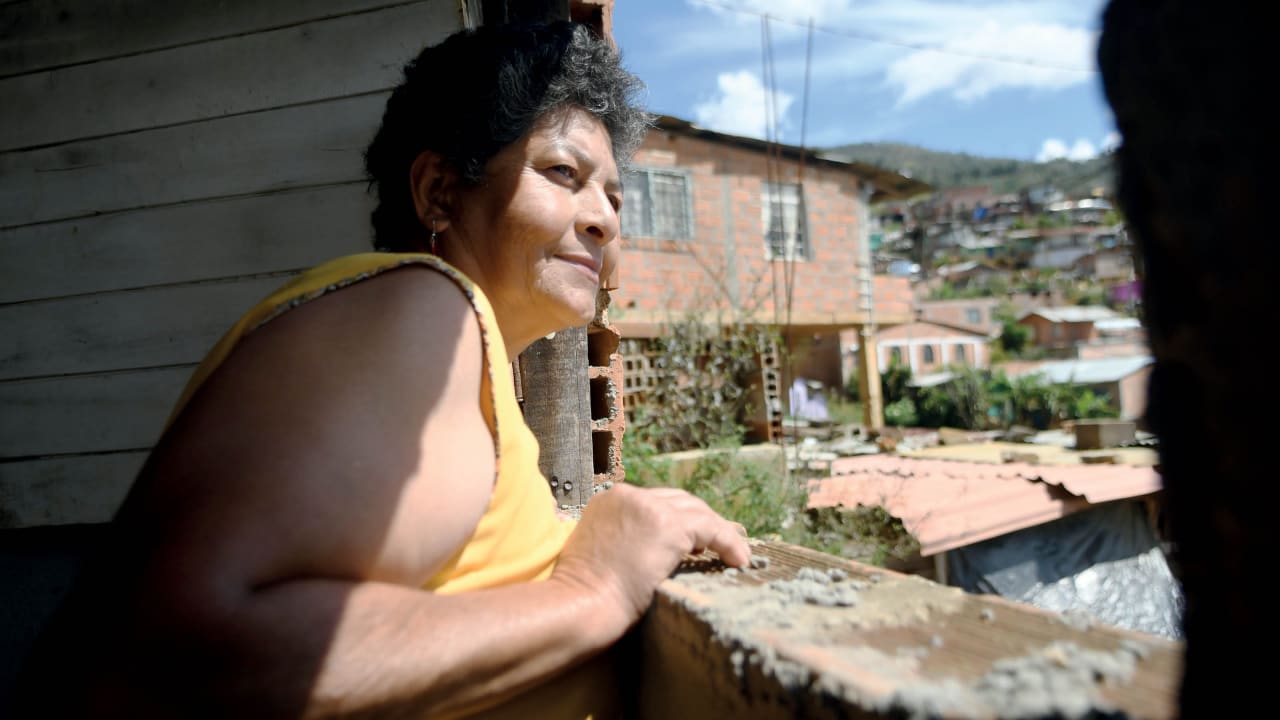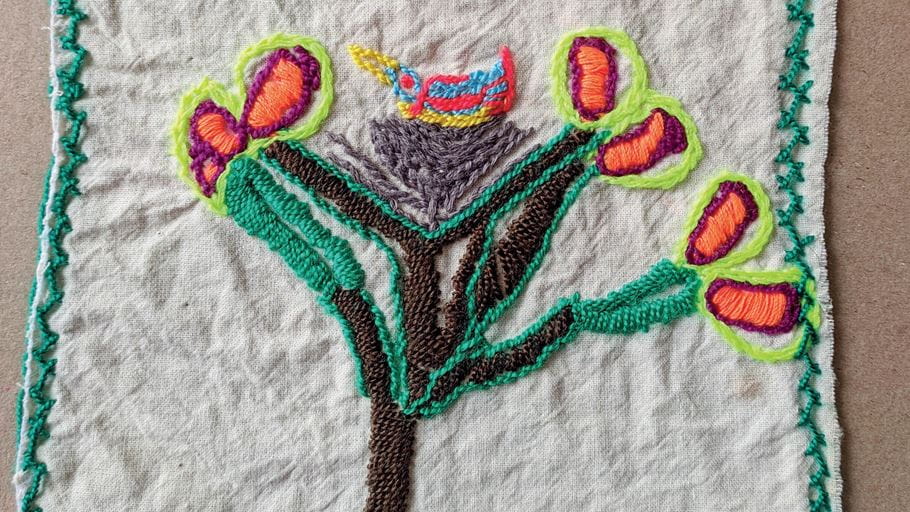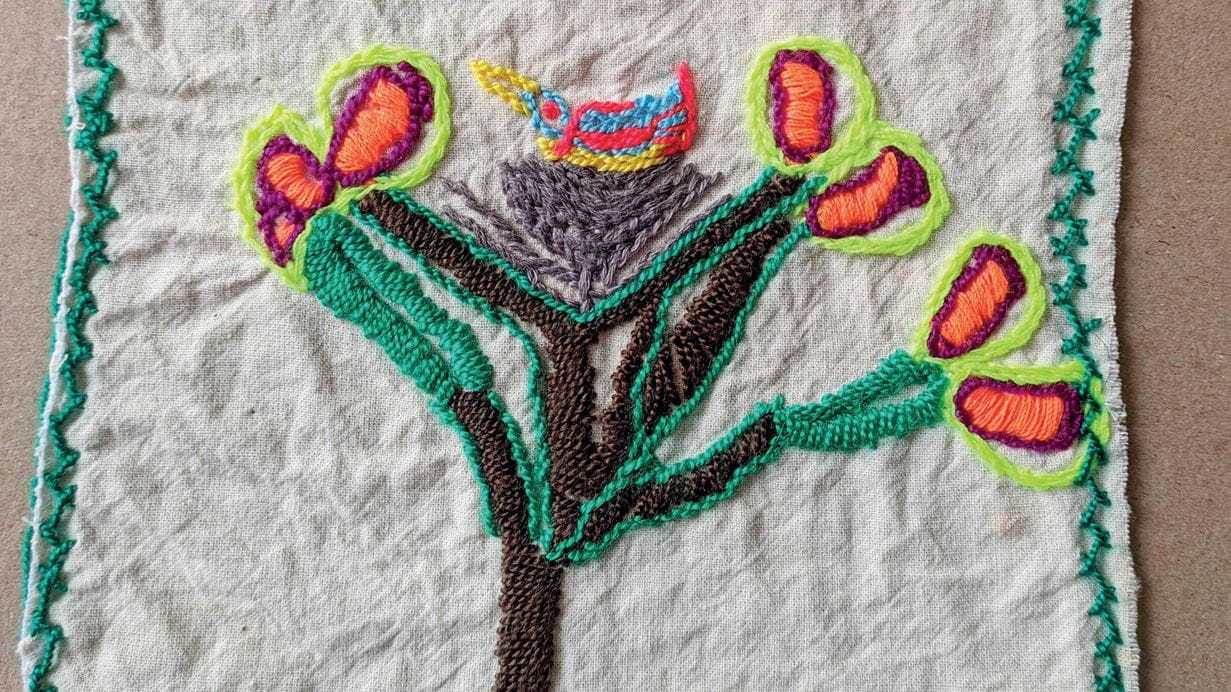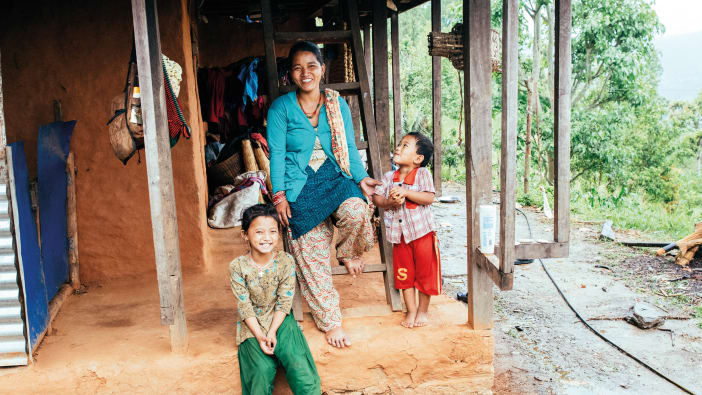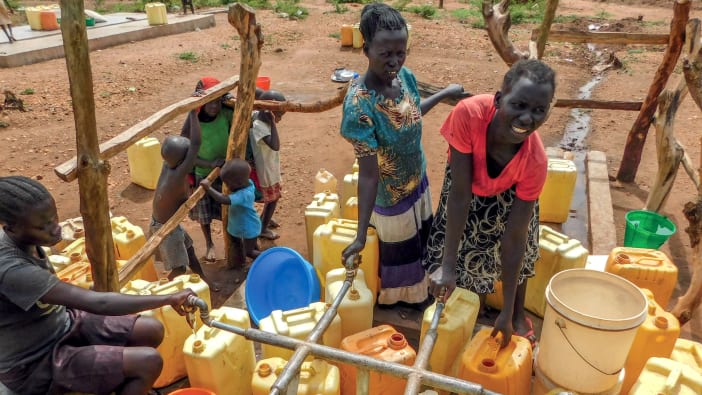In Colombia there is a conflict between armed groups that is more than 70 years old. Because of this conflict, thousands of people have been violently displaced from their homes and lands. Generally, they leave the countryside and go to the city.
In most cases, the mother is the one who survives the violent attacks. She becomes a widow who must look after her children. These mothers, who used to cultivate the land and raise animals with their hands, now do not know what to do with them because these skills are useless in the city. Their hands are empty and they live in poverty.


